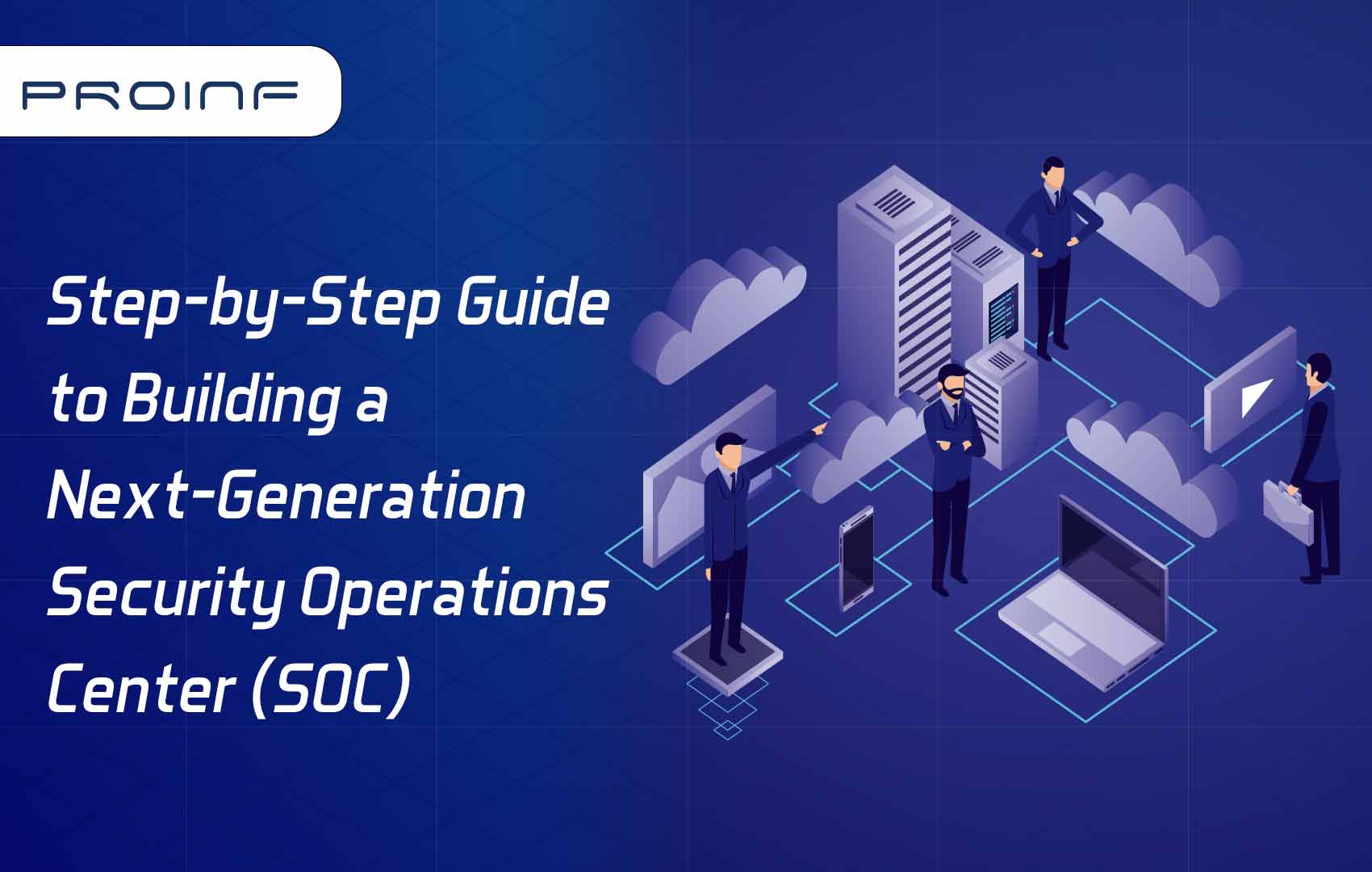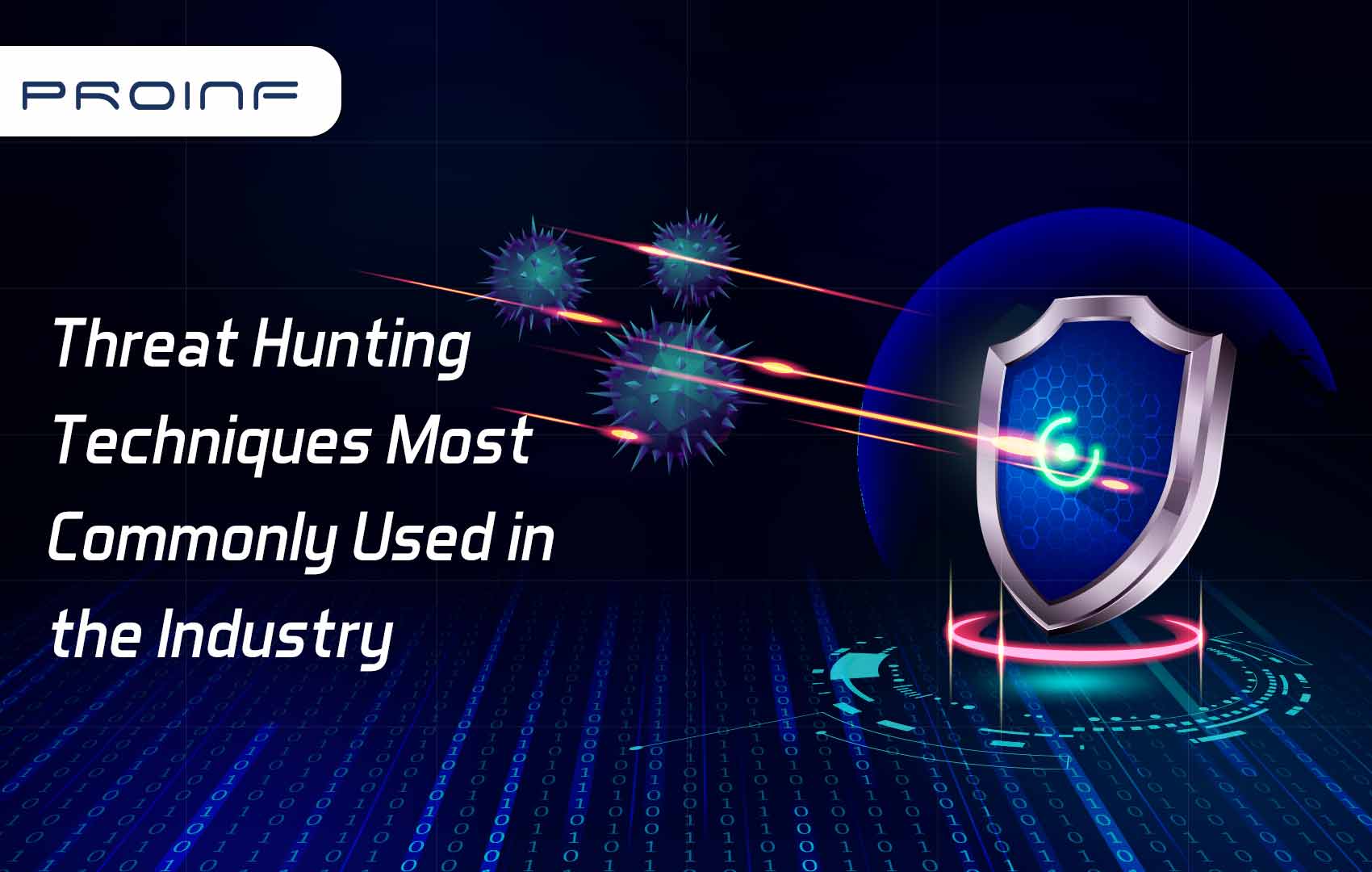The Security Perspective of Vulnerability Assessment for an Organization
Without vulnerability assessments, companies may put themselves at risk for cyberattacks and other security problems that might erode customer trust and result in financial losses. Because of this, many of today's top businesses depend on the security and success of well-trained IT personnel. Businesses risk becoming targets of an attack if a vulnerability assessment is not adequately conducted by an IT expert.
Open-source repositories are the target of a 633% surge in cyberattacks, according to researchers.
The fact that open-source contributors are volunteers, on the other hand, means that security concerns can elude detection. Additionally, IT personnel might not be aware of the open-source software being used, making it simple for them to overlook patch notifications and updates that have an effect on their company.
The open-source logging system, Apache's Log4j library, is attacked by the vulnerability known as Log4Shell. This vulnerability can be used by an attacker to execute arbitrary code on a susceptible machine by sending it a specially crafted request. The request gives a cyber attacker complete access to the system. The attacker can then steal data, spread ransomware, or engage in other illegal activities. Around the world, Log4j is used in hundreds of products. The rapid broad exploitation of this vulnerability, which was revealed in December 2021, highlights the capacity of attackers to swiftly weaponize known vulnerabilities and attack businesses before they patch.
Vulnerability Assessment - How do Organizations understand it?
A vulnerability assessment aids in locating, categorizing, and prioritizing vulnerabilities in applications, computer systems, and network infrastructure. A security flaw that might expose the company to dangers or online attacks is called a vulnerability. Network security scanners and other automated testing tools are frequently used in vulnerability assessments, with a vulnerability assessment report displaying the results.
Regular vulnerability assessments may be quite helpful for businesses that are subject to continual cyberattacks, it also helps today’s enterprises to meet the industry-standard security compliance requirements Threat actors are continuously looking for flaws they may use to compromise systems, apps, and perhaps entire networks. In addition to regularly introducing new components, businesses are constantly finding new flaws in their old software and hardware. A vulnerability management program and vulnerability assessment together can help find and address security flaws and strengthen security posture.
How Vulnerability Assessment benefits Enterprises?
The most frequent security flaws are caused by either user error or faulty technology. It results in the following:
- Breaches can happen if insiders unintentionally or accidentally reveal information to a third party (i.e., malicious insiders).
- Unencrypted data on lost or stolen devices is a common way for hackers to access a company's network.
- Malware can be installed on target systems by cybercriminals to exfiltrate data or take over computing infrastructure.
Companies may avoid data breaches and leaks through vulnerability management, but it necessitates ongoing attention to detail. Conducting periodic vulnerability assessments is a continuous process; as soon as one evaluation is finished, another must start.
The following are the main advantages of routine vulnerability assessments:
- Determine security vulnerabilities before attackers do.
- Make a list of every device connected to the network, including its function and system details. This also covers flaws related to a particular system/device.
- Make a list of every system/device in the company to aid in the planning of updates and upcoming evaluations.
- Define the attack-surface
- Create a risk/benefit curve for your company's security investments.
- You should consider the VA as your initial or ongoing measurement in an ongoing process geared to improve organizational security posture to fully reap these benefits.
Security teams may find, evaluate, classify, report, and fix security vulnerabilities in operating systems, enterprise applications, endpoint devices, and browsers using vulnerability assessments.
Each year, hundreds of new vulnerabilities are found by organizations, necessitating ongoing patching and reconfiguration to safeguard their operating systems, applications, and network infrastructure. Many businesses, however, do not implement the required remediation steps in time to stop a breach because they lack an efficient remediation strategy.
It is not viable to instantly patch every vulnerability. A vulnerability management system aids in vulnerability prioritization and guarantees that the security team initially tackles high-risk issues. The techniques and tools required to consistently identify and fix the most important vulnerabilities are included in vulnerability management.
Talk to our experts for a quick assessment of your security posture. We will help you make a plan to get where you want to be. Know more
Tools for Assessing Vulnerability and their Types
Automated scanning tools are used for vulnerability assessments in the present day. The primary types of tools used to check an environment for vulnerabilities are listed below:
- Network-based scanning is used to find possible network security breaches. On wired or wireless networks, susceptible systems can also be found using this kind of search.
- Identifying vulnerabilities in servers, workstations, or other network hosts is done via host-based scanning. This kind of scan looks for open ports and services that are susceptible while revealing information about the configuration settings and patches used by the inspected systems.
- Wireless network scans are used to look for security flaws in a company's Wi-Fi network. These scans enable the detection of rogue access points and verify the security of wireless network configuration.
- Application scans are used to check for software flaws and configuration errors on websites and mobile applications.
- Database scans are used to find generic vulnerabilities and set up errors in a database server, as well as vulnerabilities that might allow database-specific attacks like SQL and NoSQL injection.
5-Step Vulnerability Assessment Plan
Businesses are progressively moving IT applications to their public cloud services like Amazon Web Services (AWS), Microsoft Azure, and Google Cloud. Public cloud services allow enterprises to dynamically respond to shifting business demands since they are adaptable and dynamic.
1. Preparation
The team determines the scope and objectives of vulnerability testing at this stage. This entails:
- Identifying and mapping all IT Infrastructure systems/devices, endpoints, as well as protected equipment and assets.
- Identifying the software and operating systems installed on assets.
- Estimating the risk & impact of an assault on each asset and its commercial value.
- Determining the access restrictions and other security needs for each system.
- Figuring out whether sensitive data is stored on systems and how it is transmitted across systems.
- Establishing a baseline of open ports, open procedures, and protected assets.
Security teams may use this knowledge to comprehend attack surfaces and the worst threat scenarios and create a plan of action for resolving them.
2. Testing
- The team now conducts vulnerability assessments on target systems and devices. They can investigate a system's security posture, if necessary.
- Teams will often rely on one or more vulnerability databases, vendor security advisories, and malware Detection feeds to automate this step and make it more effective.
- Based on the size of the target network and the no. of assets/systems/devices to be scanned, a single test may take a minute to many hours.
3. Prioritizing
The team at this point prioritizes vulnerabilities based on several parameters and eliminates false positives from the findings of scans. These may consist of:
- The severity/criticality rating is given by a database of vulnerabilities
- The financial effect of exploiting a vulnerability
- Potentially dangerous sensitive information
- The probability of exploiting the weakness
- How long has the vulnerability existed?
- Possibility of migration from one system to another more secure system
- The availability of a patch and the time required to install it
4. Reporting
At this point, the team compiles a comprehensive report detailing the vulnerabilities discovered in all protected assets and a strategy for resolving them.
With medium to high risk, the report should include details on the vulnerability, the date it was found, the systems it affects, the potential harm if it is exploited by an attacker, and the strategy and work needed to fix it.
Each major vulnerability should include a proof of concept (POC) that shows how it may be exploited, if at all possible.
5. Consistent Evaluation
The digital infrastructure of an organization provides a point-in-time snapshot of the vulnerabilities that are there. New installations, configuration adjustments, recently found vulnerabilities, and other circumstances might, nevertheless, lead to new vulnerabilities. The system's weaknesses are dynamic, thus managing them should be a continual effort as well.
Automated vulnerability assessment should be a part of the continuous integration and deployment (CI/CD) pipeline used by software development teams. This makes it feasible to find vulnerabilities as early in the software development lifecycle (SDLC) as possible, obviating the requirement to create and distribute fixes for problematic code.
Continuous scans of production systems must be conducted in addition to this approach, though, as many vulnerabilities exist in legacy or third-party systems and this process is unable to detect them all.
Conclusion
The fundamentals of vulnerability assessment were discussed in this article, along with the primary tools for locating them, such as network scanning, host scanning, and application scanning, and a five-step procedure for managing vulnerability assessments in your company:
- Initially, define the scope and objectives of the vulnerability testing.
- Running automated tests to find vulnerabilities in systems covered by the scope.
- Determine which vulnerabilities need to be addressed first, their potential impact on the business, and their importance.
- Produce a strategy outlining the medium and high-priority vulnerabilities detected and suggested fixes for those in the assessment report.
- Continuous assessment is the process of continuously scanning for vulnerabilities to find new ones and determine if existing ones have been fixed.
A vulnerability assessment is a smart place to start for firms looking to lower their security risk. It offers a comprehensive, all-encompassing evaluation of hardware and software assets, finding vulnerabilities and offering a clear risk score. Regular assessment programs help enterprises manage risk in the face of a constantly changing threat environment by locating and rating vulnerabilities and preventing attackers from catching them off guard, it also helps enterprises to meet the industry-standard compliance requirements.


